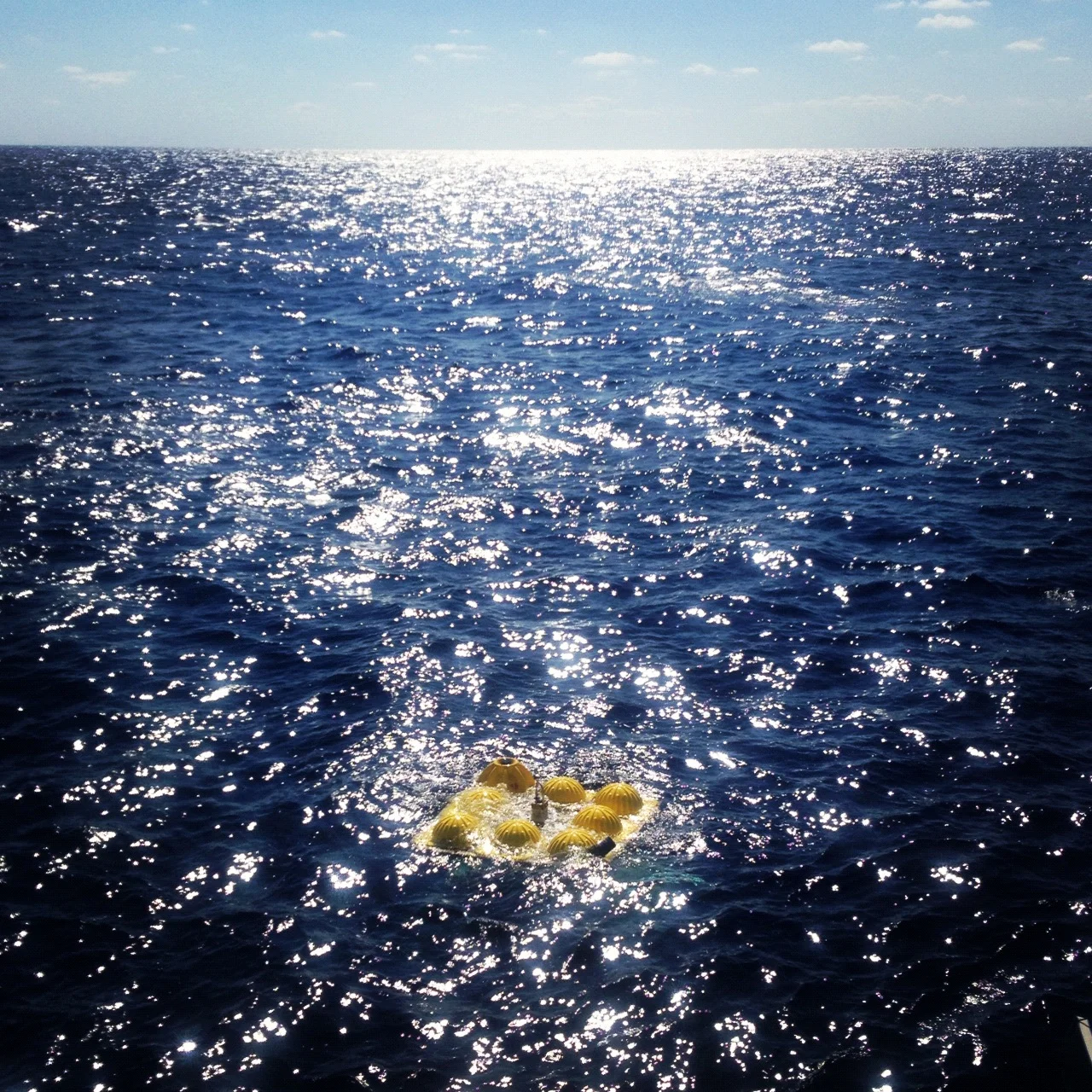Note: This is a guest post by Dr. Beth Orcutt, Senior Research Scientist at the Bigelow Laboratory for Ocean Sciences in Maine. Orcutt is a participant in the ECOGIG project and will be blogging here about her experiences on the March 2013 RV Pelican ECOGIG cruise to deploy deep-sea landers in the Gulf of Mexico.
March 2013 ECOGIG cruise - Blog Entry #1
Greetings, I am Dr. Beth Orcutt of the Bigelow Laboratory in Maine. I will be joining a team of researchers in the Gulf of Mexico March 3-7 on the RV Pelican (operated by the Louisiana Universities Marine Consortium, LUMCOM) to study the "Ecosystem Impacts of Oil and Gas Inputs to the Gulf" (ECOGIG), a project funded by the Gulf of Mexico Research Initiative started after the Deepwater Horizon oil spill. The purpose of this expedition is to deploy seafloor 'lander' platforms that enable long-term studies of the microbial degradation of oil on the seafloor, as well as monitoring of the flux of methane gas from the seafloor.
I will be joining my colleague Dr. Laura Lapham of the University of Maryland Center for Environmental Science, the chief scientist of this expedition, and a team of scientists and engineers to conduct our research at the bottom of the ocean near the Macondo wellhead, the site of the Deepwater Horizon event. Laura and I are particularly interested in studying tine microorganisms living in the deep water and shallow sediments to understand their ability to degrade hydrocarbons and oil. We have designed a new experimental system that we call MIMOSA - for Microbial Methane Observatory for Seafloor Analysis (that's a mouth full!) - to capture these microbes and their food and waste products so that we can understand who they are and how they grow.
We will all be heading out to the ship soon, so last minute preparation and packing is in effect. If you have questions for us while we are out at sea, please feel free to leave a comment here.
Until next time,
Beth Orcutt
ECOGIG deep sea lander recovered in November 2012 during the RV Falkor cruise. Photo credit Beth Orcutt.


